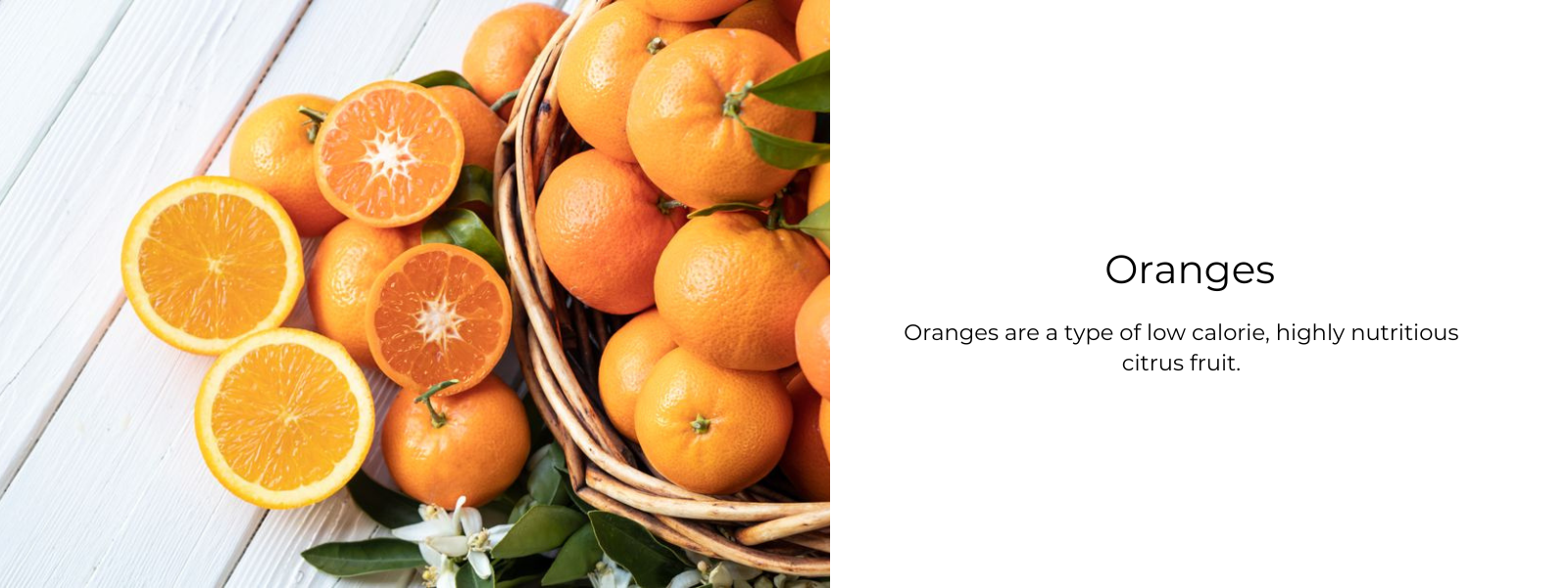Table of Contents
What is pomelo?
Pomelo is a citrus fruit that is very healthy and tastes like grapefruit, but it is much bigger. Pomelo comes from Southeast Asia, which is subtropical and tropical. It is the most widely grown fruit crop in the world. Citrus grandis (L), which is the scientific name, is a member of the Rutaceae family. Pomelo is also called Pummelo, Shaddock fruit, and Chinese grapefruit. Pomelo has a slightly sour, sweet, and bitter taste, which makes it one of the top five citrus fruits eaten around the world.
Fruit description:
Pomelo tastes just like grapefruit. Most of the time, this fruit is light green or yellow. Depending on what kind it is, the flesh inside can be pink, white, or red.
When picking pomelos, it can be hard to choose the right one because they are very different in colour, texture, taste, and other ways. They can have no seeds or a lot of seeds, be yellow or pink, and be juicy or dry as a bone.
Nutritional value of pomelo:
Pomelos are a fruit that is high in fibre and full of vitamin C and potassium. They are also low in fat, cholesterol, and sodium and have other vitamins and minerals like thiamin, riboflavin, copper, iron, and zinc.
Health benefits of pomelo:
Packed with antioxidants.
Pomelos have a lot of antioxidants, which protect cells from free radicals that can damage cells and cause a wide range of long-term health problems. Pomelos have antioxidants like naringenin and naringin, which are also found in citrus fruits like oranges and lemons. Even lycopene, which is a flavonoid, is in them.
Controls blood pressure
Pomelo fruit is a good source of potassium, giving you about 37% of what you need each day. Potassium is a vasodilator, which means it relaxes the blood vessels and helps the lungs get more blood and oxygen. It also lowers the chance of getting atherosclerosis, heart disease, or a stroke.
Keeps the heart healthy
Pomelos may also help lower the levels of triglycerides and cholesterol in the body. If these levels aren't managed well, they can lead to serious heart problems.
Dental Care
Vitamin C is needed to make collagen, which helps keep tissues, lungs, and cells healthy. Pomelos are a great source of vitamin C. This can make the gums and other parts of the mouth stronger, keeping them from getting infected or weakening, which can lead to tooth loss and dangerous oral diseases. It's also a great way to treat bleeding gums at home.
Varieties of pomelo:
Pomelos can be round or pear-shaped. They also come in different sizes and colours, though they are all pretty big compared to other citrus fruits. The skin and the meat can both have different colours. The skin of a pomelo is thicker than that of a citrus fruit. Some are more juicy than others, but all of the good ones are sweeter than grapefruit.
The Chandler pomelo is the most common type, and its skin is bright green and its flesh is pale pink. Crossing the pomelo with other citrus fruits can also make hybrids like the tangelo.
How to eat pomelo?
Before you eat pomelo, take off the thick skin and the white membrane. People often eat pomelo cut into slices or cubes. You can put it in a green salad or a fruit salad, or you can put it in a blender with other fruits to make a fruit smoothie. Pomelo goes well with bananas and pineapple, which are also tropical fruits.
The pomelo can be used to make marmalade. It goes well with fish (try it with swordfish or shrimp), and you can use the juice to make a marinade or salad dressing. Pomelo can be used in place of grapefruit or even orange when following a recipe.











Leave a comment